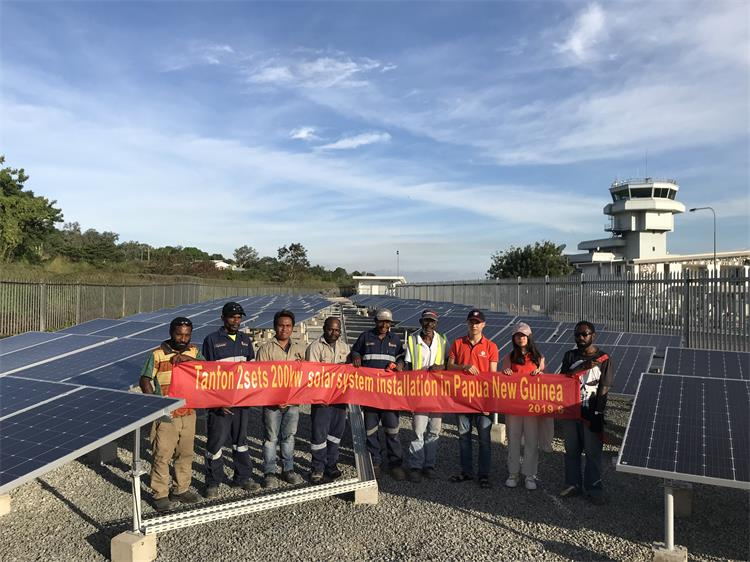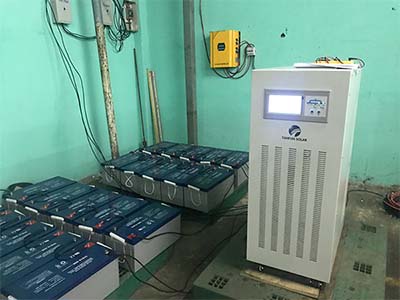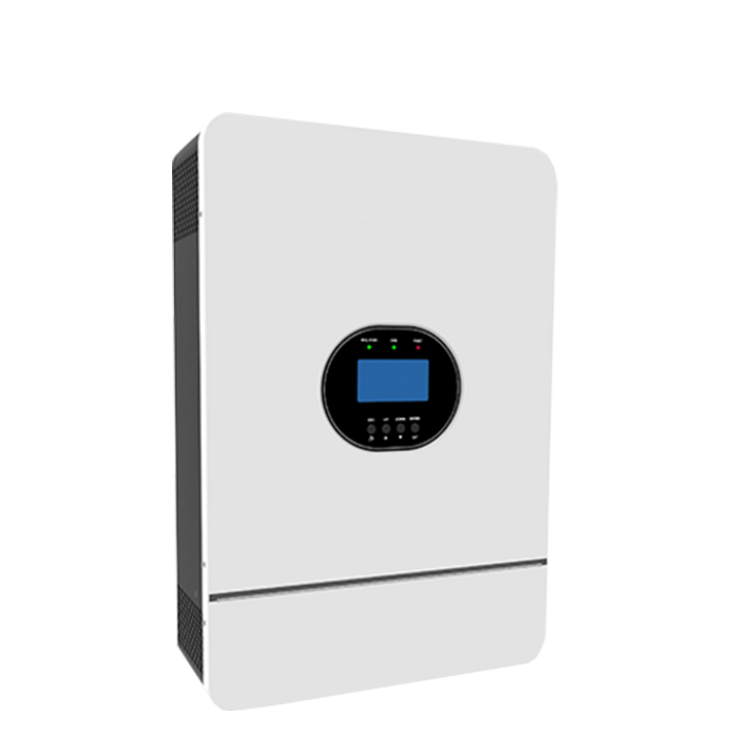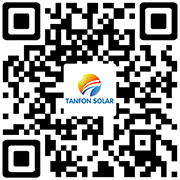 TANFON SOLAR
TANFON SOLAR
 July 16,2019
July 16,2019
At present, the world is facing four urgent problems: globalization, urbanization, aging and low-carbon.These four problems bring severe challenges to the electronics industry, but also bring great opportunities.First, the trend of the semiconductor industry is to reduce energy consumption by ultra-low power consumption.Secondly, the social problems brought by aging include the higher demand for medical industry, which also brings more challenges to medical electronics.The new challenges to the semiconductor industry posed by the development of medical electronics are mainly focused on the front-end high-resolution sensors and high-precision analog-to-digital converters.Third, the process of globalization brings everyone closer.Such changes are largely due to the development of communication technology.Modern communication can be said to be far and wide, the development of electronic communication technology in saving the earth's energy contribution is obvious to all.Finally, the urbanization process has brought amazing changes to the urban development, and at the same time, it has also brought severe challenges to the urban transportation system.The electronic industry plays an irreplaceable role in the control of urban traffic system, and these aspects will become the growth point to drive the electronic market.
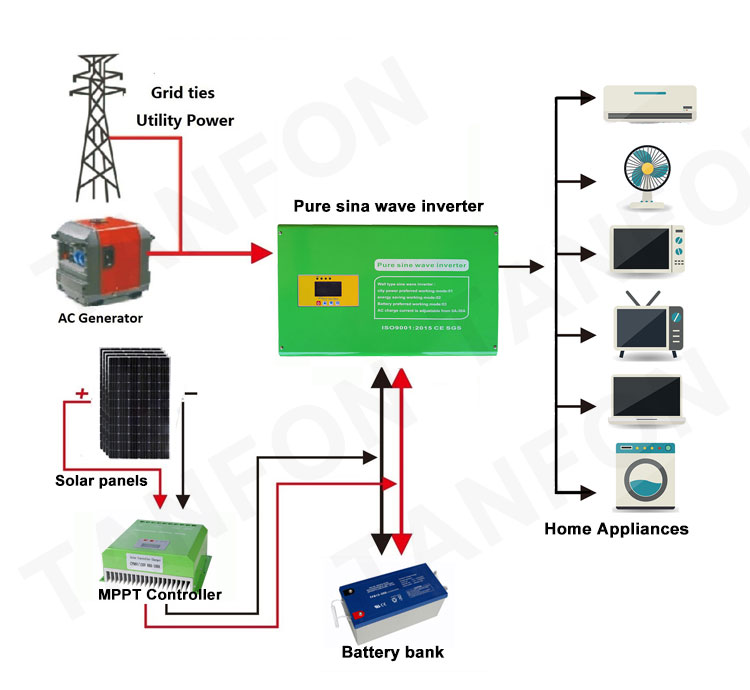
Energy will be another hot spot, energy conservation and emission reduction has been one of the main topics in recent years.From the perspective of the development of green and clean energy, both wind and solar energy have been developing rapidly in Europe, America and China.Driving the semiconductor and electronics markets are growing detection and control technologies.In recent years, China will continue to invest in new energy and smart grid construction. We can see more demand for high-precision analog-to-digital converters and precision operational amplifiers, processors and controllers that support network functions, and isolation devices with long life, wide temperature range and high reliability.Overall, China's electronics market demand is still huge, the overall growth trend will moderate.
Simply put, the main market of new energy is the application of new energy in energy system and power system, which exists in the four links of power system generation, transmission, distribution and use, which is also an important part of the concept of smart grid.There are many key problems in the construction of new energy, among which new energy power generation technology, new energy grid access, large capacity energy storage, ultra-high voltage transmission, demand side management and intelligent measurement technology are the key points that the industry should pay more attention to.For the new energy market, the main challenges we face will be the requirements of the new standards, the problems faced by the smart grid and the cost pressure, especially the requirements of Europe and America for solar photovoltaic inverters and on-grid inverters equipment, and the cost requirements of micro inverters.
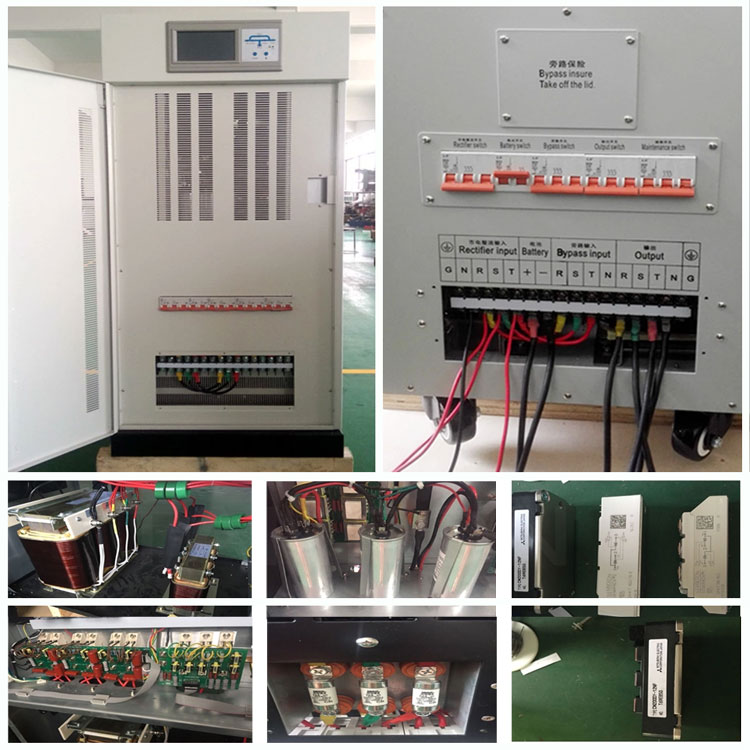
For smart grid construction, solar PV inverters will be a major market opportunity, and China has huge business opportunities in using semiconductor technology to greatly improve power transmission and distribution and to develop new renewable energy sources such as wind and solar. China has advantages that many other countries do not have because we have just started a new page in many areas. China State Grid has announced an investment of 4 trillion yuan for power infrastructure construction. This investment is 100 times that of the rest of the world, and its goal is to build a nationwide smart grid by 2020. This is the most ambitious smart grid project in the world. In addition, according to industry forecasts, China's electricity demand will double by 2020. This growth means that demand for new products will also grow, including smart meters, power station replacements, solar and wind power plants and transmission equipment, and ultra-high voltage transmission lines.
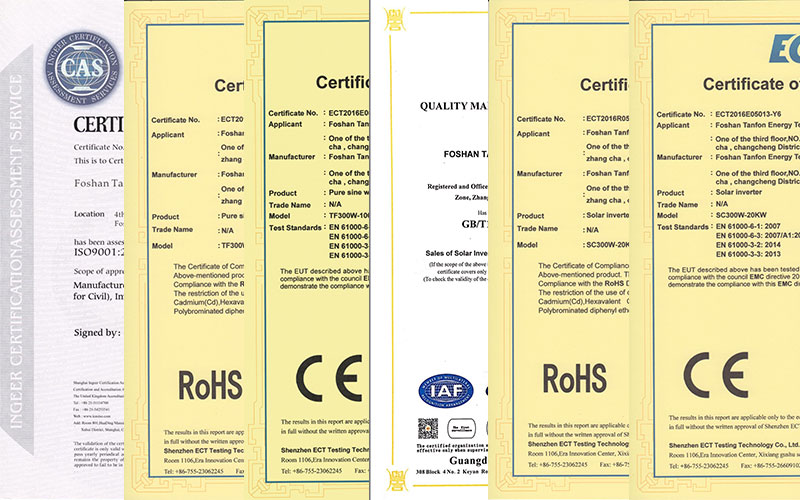
In addition, the new standards in Europe and the United States will require new energy equipment, especially solar photovoltaic inverter equipment, which requires higher conversion efficiency, longer service life, wider practical temperature range and higher grid-connected equipment. EMC requirements. From a safety perspective, both the controller and the inverter require complete isolation. These specific requirements have also spawned and promoted the development of the corresponding industries, especially some new types of semiconductor devices, for long-life, high-temperature isolation devices, devices that improve current and voltage detection accuracy, and low-cost controllers. There is a big increase.

